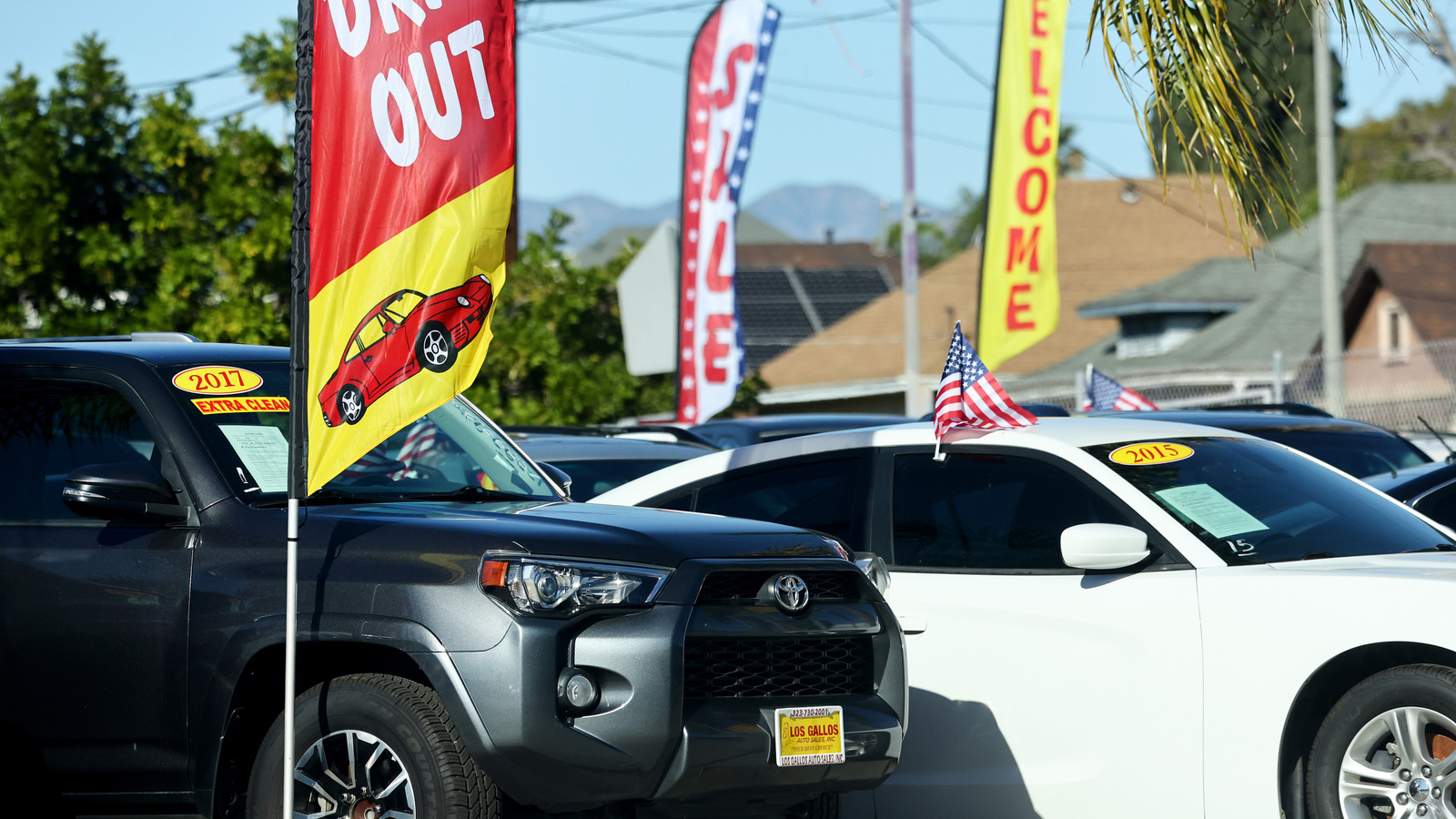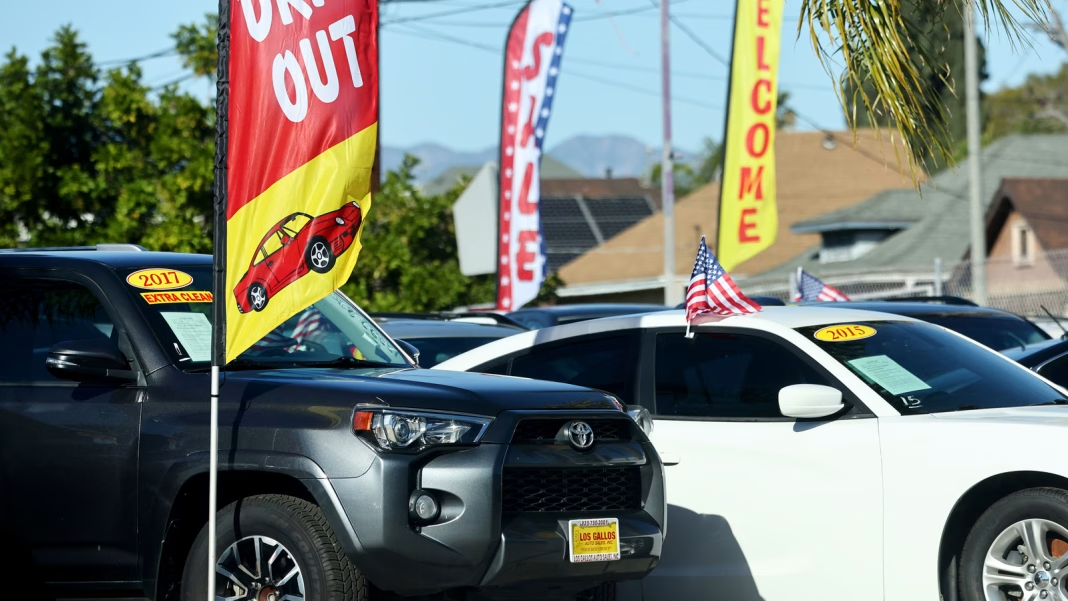Is Summer or Winter Really the Best Time to Buy a Used Car?
You’ve probably heard that timing is everything when it comes to buying a used car. But is there really a “best” season to snag a deal? Let’s break down what actually happens on the lot during the sweltering days of summer and the icy grip of winter—and how you can use that knowledge to your advantage.
Why Do Used Car Prices Fluctuate Throughout the Year?
Dealerships aren’t immune to the rhythms of the calendar. Demand for used cars ebbs and flows with the seasons, and so do prices. In summer, especially around tax refund season, more buyers flood the market. That means dealerships can be pickier about the deals they offer. By contrast, winter tends to bring fewer shoppers—nobody relishes test-driving cars in a snowstorm—so dealers may be more motivated to negotiate.
A 2023 report from Edmunds found that used car prices typically dip in late fall and winter, with December and January often seeing the lowest average prices. The reason? Dealers want to clear out inventory before the new year, and fewer buyers are braving the cold. It’s a classic case of supply and demand.
What’s the Real Story Behind Summer Car Shopping?
Summer has its perks. Longer days and better weather make test drives a breeze. But here’s the catch: you’re not the only one with car-buying on the brain. Families are shopping for vehicles before school starts, recent grads are hunting for their first ride, and vacationers want something reliable for road trips. All that competition means dealers are less likely to slash prices.
Still, summer isn’t a total loss. If you’re eyeing a convertible or a sporty coupe, you’ll find more options on the lot. Just don’t expect rock-bottom prices. If you do spot a deal, act fast—inventory moves quickly when the sun is shining.
Is Winter Really Worth the Chill?
Winter might not seem like the ideal time to car shop, but that’s exactly why it can be a goldmine for deals. Fewer buyers means more negotiating power for you. According to data from Cox Automotive, used car sales drop by as much as 20% in January compared to peak summer months. Dealers, eager to hit year-end quotas or clear space for new inventory, are often more flexible on price.
There’s another bonus: if you’re shopping for a vehicle that’s less desirable in winter—like a convertible or sports car—you might score an even bigger discount. On the flip side, SUVs and all-wheel-drive vehicles tend to hold their value during the colder months, since demand for winter-ready rides spikes.
Are There Other Times That Beat Summer and Winter?
While summer and winter get most of the attention, don’t overlook the power of timing within the month. The last few days before a dealership’s sales quota resets—often at the end of the month or quarter—can be prime time for negotiation. Salespeople may be more willing to cut a deal to hit their numbers.
Also, keep an eye out for holiday weekends. Black Friday, Presidents’ Day, and Labor Day often bring special promotions, though these can sometimes be more about marketing than actual savings. Always compare prices and don’t be afraid to walk away if the numbers don’t add up.
How Can You Make the Most of Seasonal Trends?
No matter the season, preparation is your best friend. Research the models you’re interested in, check price trends on trusted sites like Kelley Blue Book or Edmunds, and get pre-approved for financing so you know your budget. If you’re shopping in winter, bundle up and be ready to move quickly if you find a great deal—inventory can be limited. In summer, patience pays off; wait for the right car rather than jumping at the first option.
The big takeaway? Scoring the best deal on a used car isn’t about waiting for the “perfect” season—it’s about understanding the market’s rhythms and being ready to act when opportunity knocks. Start with one smart change—like timing your search for late winter or end-of-month—and you’ll likely spot the difference by month’s end.


